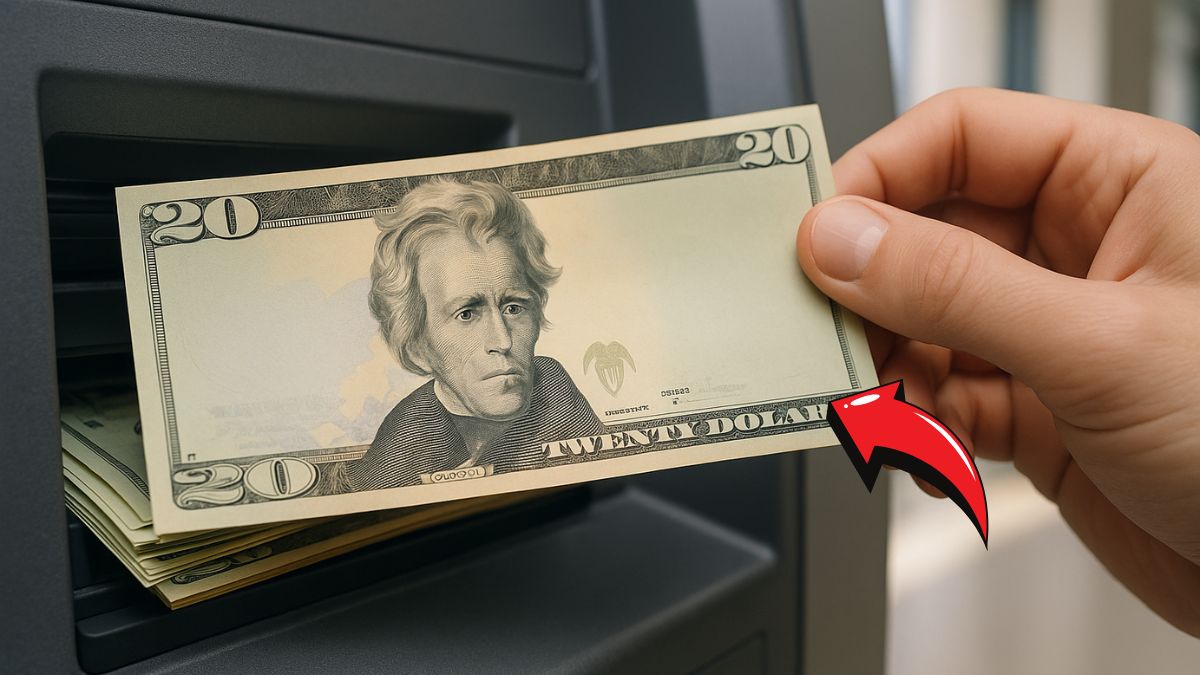SSI Payment Up To $967 Arriving In May For Seniors And People With Disabilities
Millions of Americans depend on Supplemental Security Income (SSI) to help cover basic living expenses. In May 2025, qualifying seniors and individuals with disabilities could receive up to $967 in SSI payments—a vital boost, especially amid rising costs for essentials like food, housing, and healthcare. This article explains who qualifies, how much they can receive, … Read more










